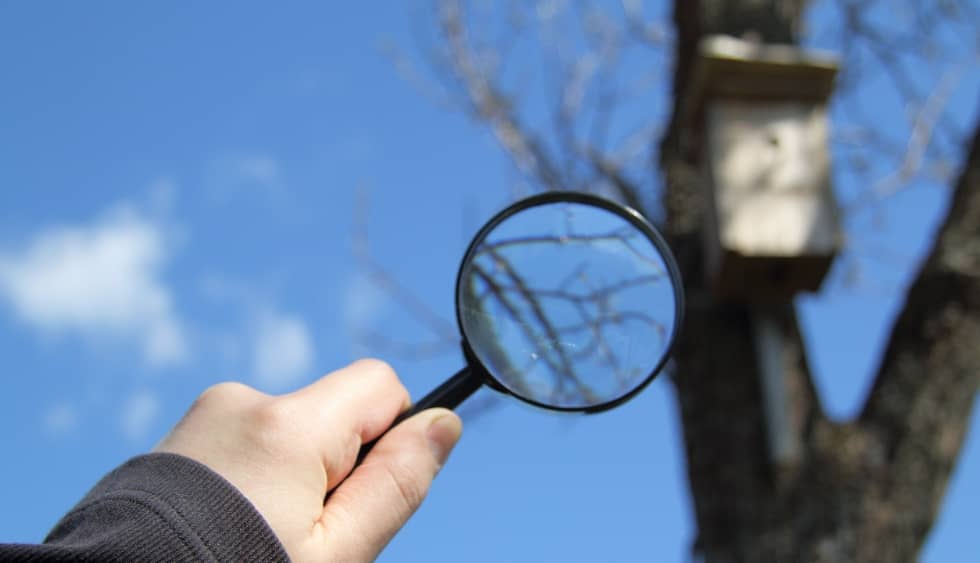
Top Tree Maintenance Tips For Spring
Don’t Let Your Trees Suffer This Spring: Try These Expert Tips
Spring is a season of renewal and growth, and it’s the perfect time to give your trees the attention they need to thrive. Trees are an essential part of our environment, and they provide numerous benefits, such as improving air quality, providing shade, and adding beauty to our landscapes. However, neglecting tree maintenance can lead to problems such as disease, damage, and even death.
That’s why it’s crucial to take the time to maintain your trees in the spring season. In this blog post, we’ll discuss the top tree maintenance tips that will help your trees grow healthy and strong. These tips include inspecting your trees, pruning, cleaning up around them, fertilizing, and watering. By following these tips, you’ll be able to ensure your trees are healthy and beautiful, and they will continue to provide the benefits you need for years to come. So let’s dive into the top tree maintenance tips for spring!
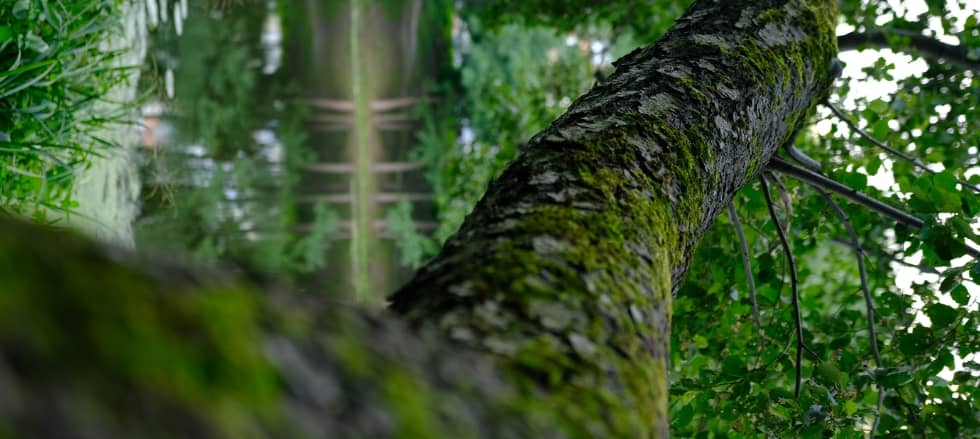
Inspect Your Trees
The first step in tree maintenance for spring is to inspect your trees thoroughly. Inspecting your trees helps identify any signs of damage, disease, or pests before they become a more significant issue. Early detection can save your trees from dying or suffering from severe damage.
It’s crucial to inspect your trees during the spring season as this is the time when trees start growing new leaves, and it’s easier to identify any issues. Inspecting trees in the spring will also help you prepare for summer, which can bring harsh weather conditions such as drought, storms, and extreme heat.
-
Inspecting trees in the spring is important to identify signs of damage, disease, or pests before they become severe issues.
-
Spring is the best time to inspect trees as it’s easier to identify any issues when trees start growing new leaves.
-
Look for cracks in the bark, dead or damaged branches, and signs of pests or disease when inspecting your trees.
-
Dead or damaged branches should be removed to prevent them from becoming a hazard during storms or high winds.
-
Look for discoloration or unusual patterns on leaves, which can be a sign of disease or pest infestation.
-
Common pests to look for include aphids, spider mites, and scale insects.
-
Thoroughly checking the trunk, branches, and leaves of your trees is essential for identifying any potential issues.
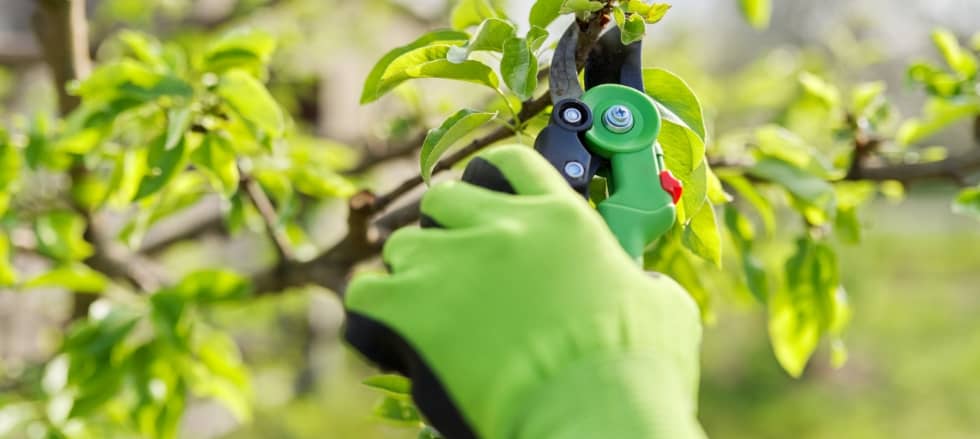
Prune Your Trees
Pruning is another essential aspect of tree maintenance during the spring season. Pruning involves removing dead or damaged branches, shaping the tree, and promoting healthy growth. Pruning is necessary for trees to grow healthy and strong and to maintain their structural integrity.
Pruning is particularly important in the spring season as trees are just beginning to grow new branches and leaves. By pruning during this time, you can direct the tree’s growth and shape it according to your needs. Additionally, pruning during the spring can help prevent disease and pest infestation by removing diseased or infested branches before they can spread.
-
Pruning is an essential aspect of tree maintenance in the spring season.
-
Pruning involves removing dead or damaged branches, shaping the tree, and promoting healthy growth.
-
Pruning in the spring season can help prevent disease and pest infestation by removing diseased or infested branches before they can spread.
-
Different types of trees require different pruning techniques, such as deciduous trees, which can be pruned heavily, and evergreen trees, which should only be pruned lightly.
-
Use the right tools and techniques when pruning, such as using a clean, sharp pair of pruning shears or saw to make clean cuts, and not leaving any stubs that can become an entry point for disease.
-
Pruning during the spring season is the best time to shape your tree and direct its growth.
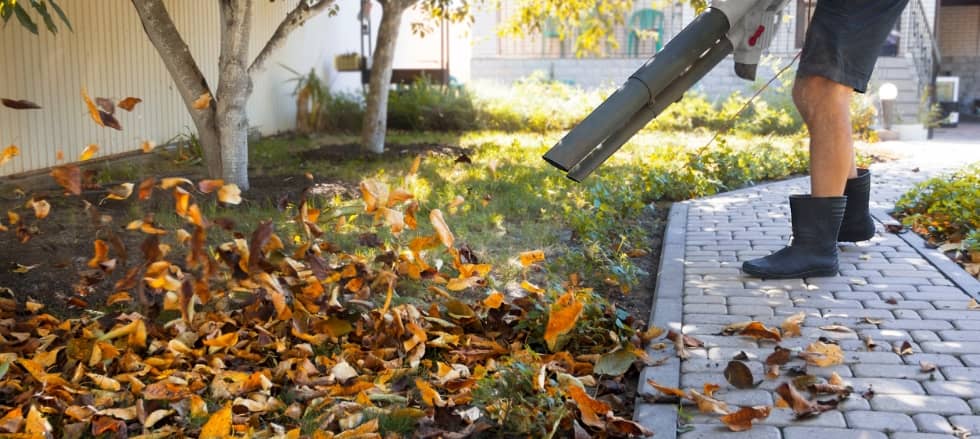
Clean Up Around Your Trees
Cleaning up around your trees is an essential part of tree maintenance during the spring season. Debris such as fallen leaves, branches, and other obstacles can accumulate around trees during the winter, which can pose a threat to their health and safety.
It’s crucial to remove debris and other obstacles around your trees in the spring to prevent pests and diseases from thriving in the moist, decaying matter. Clearing debris can also help improve air circulation around your trees and prevent potential hazards during storms or high winds.
-
Cleaning up around your trees is an essential part of tree maintenance in the spring season.
-
Debris such as fallen leaves, branches, and other obstacles can accumulate around trees during the winter, which can pose a threat to their health and safety.
-
Removing debris and other obstacles around your trees can help prevent pests and disease from thriving and improve air circulation.
-
Start by raking up fallen leaves and removing any broken branches or fallen limbs. Cut up larger branches and limbs for easier disposal, and remove any obstacles such as rocks or toys that may have accumulated around your trees.
-
Dispose of the debris properly, either by composting it or placing it in a yard waste bin.
-
Avoid damaging the root system of your trees when cleaning up around them. Be careful not to use heavy equipment, such as a lawnmower or trimmer, around the base of your trees, as this can damage the roots and create entry points for disease.
-
Cleaning up around your trees is crucial for preventing potential hazards during storms or high winds and keeping them healthy and safe.
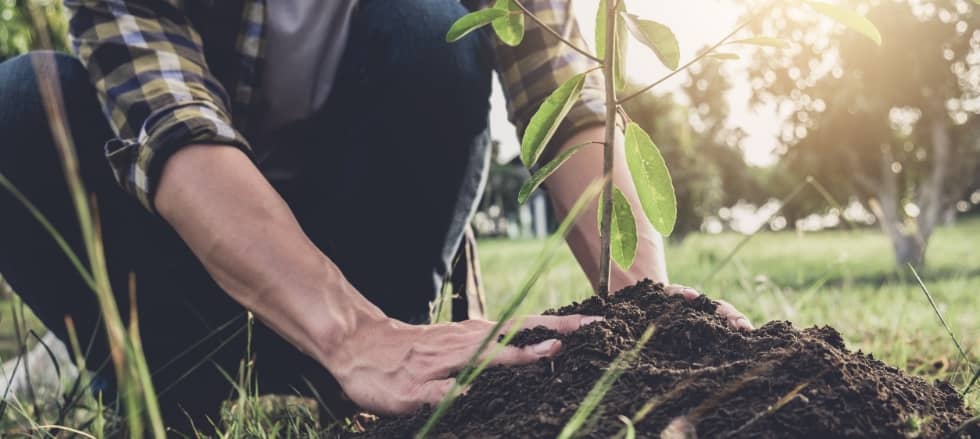
Fertilize Your Trees
Fertilizing is a critical aspect of tree maintenance in the spring season. It helps provide the necessary nutrients for trees to grow healthy and strong and supports their growth and development. Choose the right type of fertilizer for your specific tree, and apply it effectively to ensure optimal results.
-
Fertilizing is an important aspect of tree maintenance in the spring season.
-
Trees need proper nutrients to grow healthy and strong and fertilizing provides them with the essential nutrients they need.
-
Fertilizing is particularly important in the spring season as it supports the growth of new leaves and branches and helps develop strong root systems.
-
Choose the right type of fertilizer for your specific tree based on its nutrient requirements.
-
Organic fertilizers such as compost or manure are a great option as they release nutrients slowly and provide additional benefits such as improving soil structure and water retention.
-
Chemical fertilizers are also an option, but they can be harmful to the environment if overused.
-
Read the instructions on the fertilizer package carefully and apply the fertilizer evenly around the base of your trees.
-
Avoid direct contact with the trunk or leaves when applying fertilizer.
-
Water your trees thoroughly after applying fertilizer to help distribute the nutrients.
-
Fertilizing your trees is crucial for supporting their growth and development and ensuring they have the necessary nutrients to thrive.
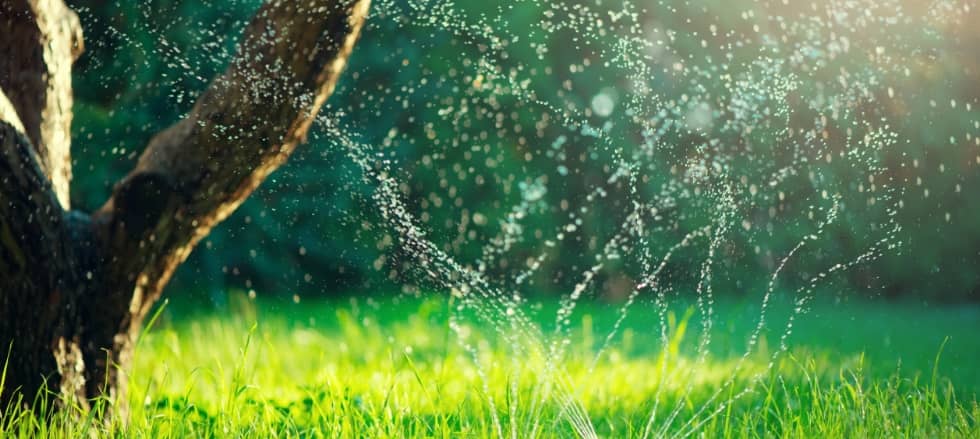
Water Your Trees
Watering is particularly important in the spring season as trees are just beginning to grow new leaves and branches. By providing proper hydration during this time, you can help support their growth and ensure they have the necessary moisture to develop strong root systems.
Proper watering is a critical aspect of tree maintenance in the spring season. It helps provide the necessary hydration for trees to grow healthy and strong, and supports their growth and development. Water trees effectively by finding the right balance of water, using a soaker hose or drip irrigation system, and avoiding direct contact with the trunk or leaves.
-
Proper hydration is necessary for trees to grow healthy and strong, and watering ensures they have the necessary moisture to develop.
-
Watering is particularly important in the spring season as trees are just beginning to grow new leaves and branches.
-
Find the right balance of water as overwatering can be just as harmful as under-watering.
-
The amount of water required will depend on the size and type of tree, soil type, and weather conditions.
-
Trees require about 1-2 inches of water per week.
-
Use a soaker hose or drip irrigation system for slow and deep watering.
-
Place the soaker hose or drip irrigation system around the base of your trees and let it run for several hours.
-
Avoid watering the trunk or leaves, as this can lead to disease or pest infestation.
-
Proper watering is critical for supporting the growth and development of your trees in the spring season.
Looking To Keep Your Trees Healthy?
Look no further than Trees By Jake – your one-stop shop for all your tree care needs. Our team of experienced professionals is committed to providing high-quality tree maintenance services to help your trees thrive.
From inspections and pruning to fertilization and watering, we offer a comprehensive range of services to ensure the health and safety of your trees. Trust Trees By Jake to take care of your trees and keep them beautiful and healthy for years to come. Contact us today to schedule a FREE consultation and see how we can help you keep your trees and home beautiful!
Spring is the perfect time to give your trees some much-needed attention. Whether it's trimming, pruning, or even tree stump removal, taking care of your trees ensures they stay healthy and vibrant all year round.
Contact Your
Tulsa Tree Service
TREES BY JAKE has been providing tree removal services in Tulsa for over a decade. Jake is a Tulsa Certified Arborist and we have a variety of equipment to safely and efficiently remove trees. Call or text us today for your free estimate at 918-500-9955 and don’t forget to check us out on Facebook, Instagram, and Twitter!